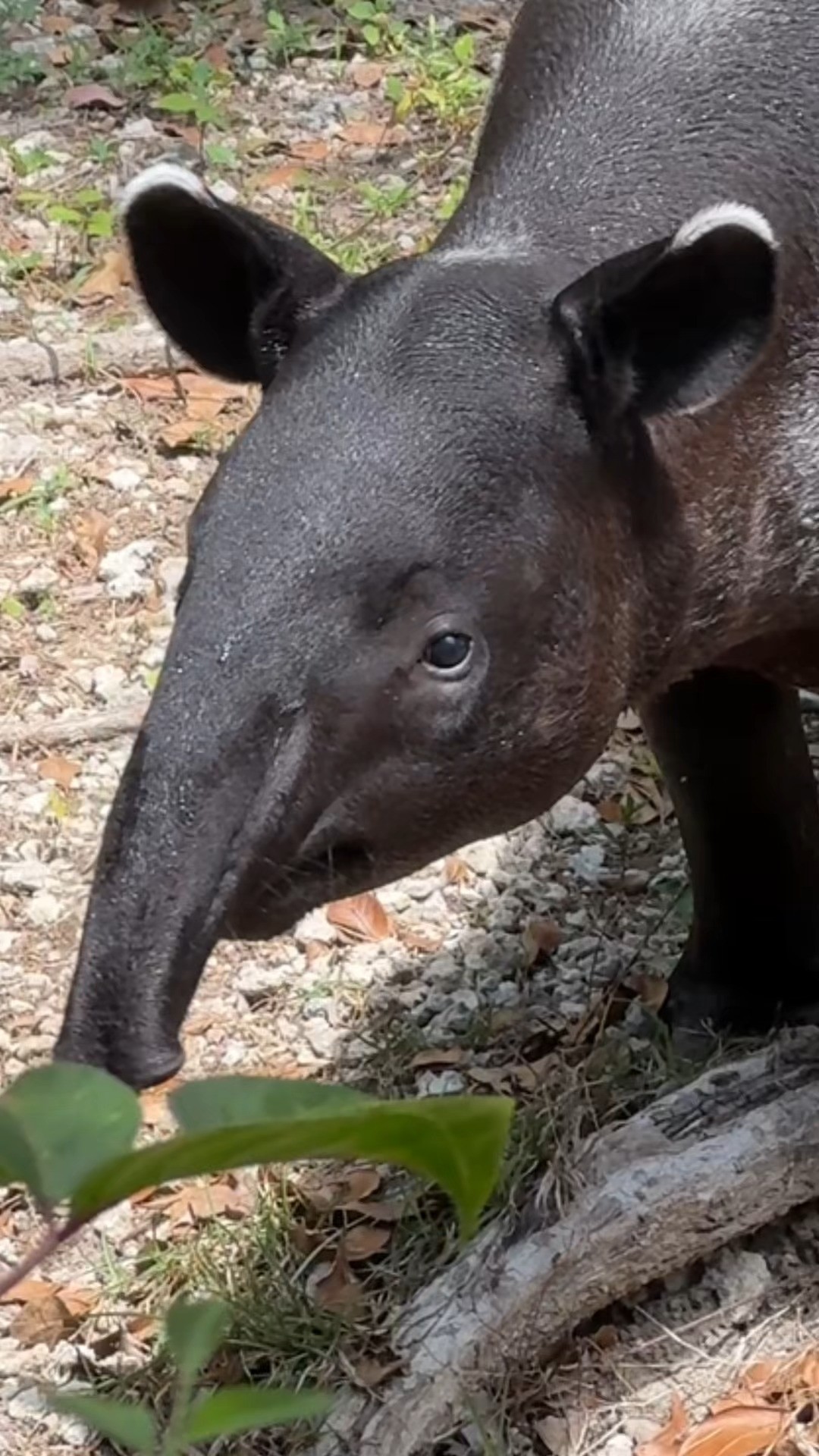- Makan’s Growth and Development: Tracking his milestones and physical changes over seven months.
- Malayan Tapir Behavior and Characteristics: Understanding the species and its natural traits.
- Conservation Efforts: The importance of preserving the Malayan tapir and habitat protection.
- Role of Zoos in Conservation: How institutions contribute to wildlife research and education.
- The Public’s Connection: The influence of animals like Makan on fostering conservation awareness.
Makan, the Malayan tapir, embodies the charm that captivates animal lovers worldwide. Born seven months ago, he has already reached several exciting milestones. His journey through infancy provides valuable insights into both his growth and the general behaviors of his species.
Makan’s Physical Changes and Development
Makan’s development has been remarkable. From a newborn, barely able to walk, to a robust youngster, his physical growth illustrates important traits of the Malayan tapir. At birth, these tapirs exhibit a unique coat pattern of white spots and stripes, which serve as camouflage in dense forest foliage. As Makan aged, these faded into the characteristic black and white coloration typical of adults. This transformation reflects their growth phases marked by significant size increases and changes in dietary needs.
Initially sustained solely by his mother’s milk, Makan began exploring solid foods around the age of three months. Leaves, twigs, and fruit became preferences, mirroring the species’ herbivorous diet in the wild. Weight gain has been steady, showcasing excellent health and proper care in his zoo environment.
Malayan Tapir Behavior and Characteristics
The Malayan tapir, scientifically known as Tapirus indicus, is notable for its gentle demeanor and nocturnal habits. Known to be mostly solitary, they communicate through high-pitched whistles, an attribute also observed in Makan during interactions with caretakers and when expressing curiosity.
In the wild, their sense of smell and hearing are acute, compensating for poor eyesight. These adaptations help navigate the dense tropical forests of Southeast Asia. Understanding these traits is vital for providing a suitable living environment, ensuring mental stimulation and behavioral enrichment for captive individuals.
Conservation Efforts
The Malayan tapir is classified as endangered, facing threats primarily from habitat loss due to deforestation and illegal trade. Conservation programs emphasize habitat preservation and breeding initiatives. Makan’s birth is crucial for genetic diversity within the captive population, offering a buffer against wild populations’ decline.
Efforts extend beyond breeding. Organizations are working to establish wildlife corridors, enabling tapirs to migrate safely between fragmented habitats. Detailed research and collaboration with local communities are pivotal in these endeavors, seeking sustainable coexistence.
Role of Zoos in Conservation
Zoos play a fundamental role in the conservation framework. As refuge spaces, they provide secure environments for endangered species like the Malayan tapir. Makan’s care involves not only meeting physical needs but also behavioral and psychological well-being, replicating natural habitats as closely as possible within zoo settings.
Zoos are also centers for research and public education. Visitors learning about Makan contribute to increased awareness and understanding of conservation challenges. Programs facilitating interactions foster empathy and a commitment to supporting global conservation efforts among the public.
The Public’s Connection
With his captivating presence, Makan serves as a charismatic ambassador for wildlife conservation. Animals have a unique ability to connect people emotionally to conservation issues. Through online platforms and zoo visits, individuals develop personal connections, motivating support for protective measures.
These interactions highlight the positive impact of human engagement with wildlife, promoting education and advocacy. As people come to recognize the importance of each species in biodiversity balance, support for on-ground initiatives grows, heralding hope for future conservation success.
In conclusion, Makan’s short journey so far provides a snapshot of the broader conservation narrative. From individual milestones to international efforts, his life underscores the significance of protecting the Malayan tapir and their habitats for generations to come.
*****
Source Description
Makan the Malayan tapir was born just over 7 months ago, and in that time, he’s stolen hearts, gone through several milestones, and grown into a big boy 🥹. Get a glimpse into his first year so far, in honor of 💙


